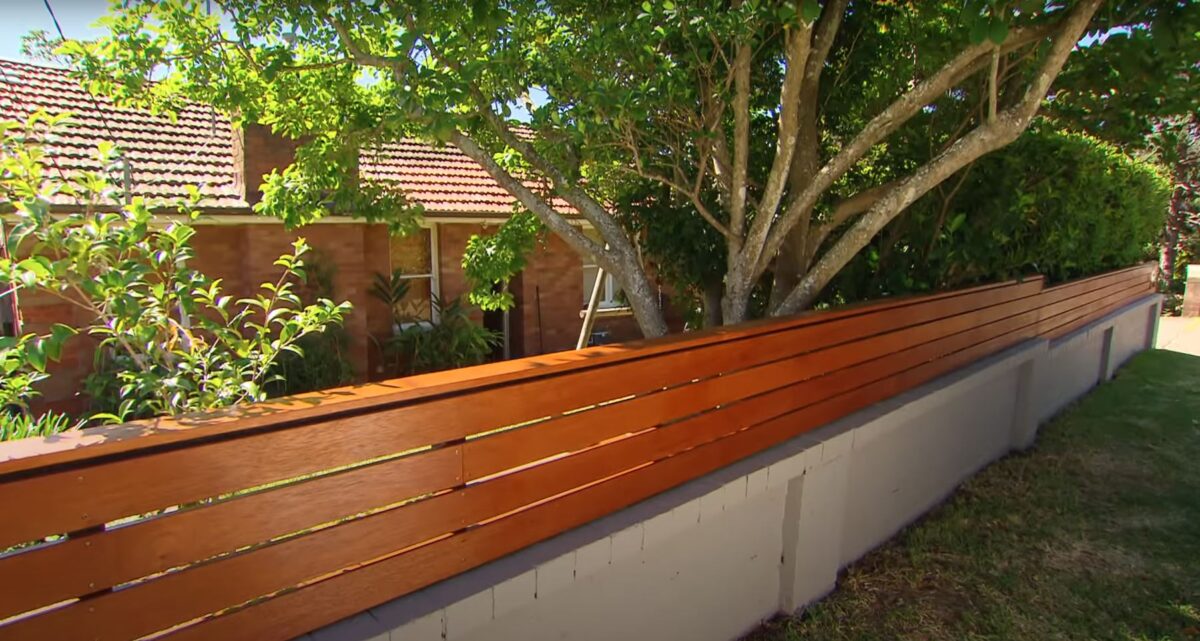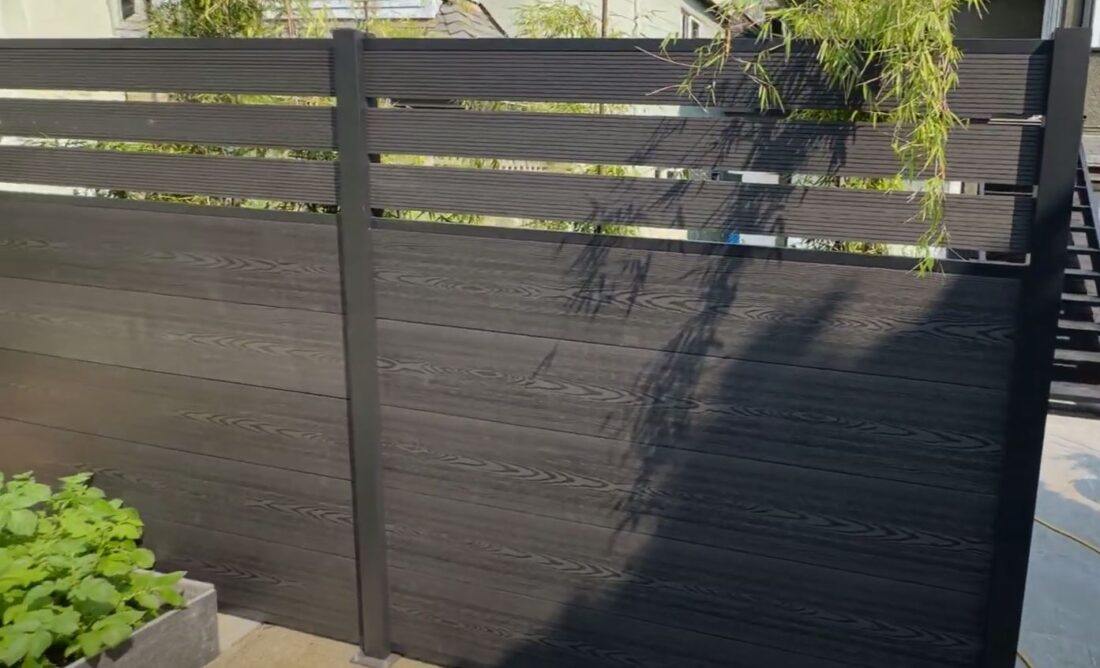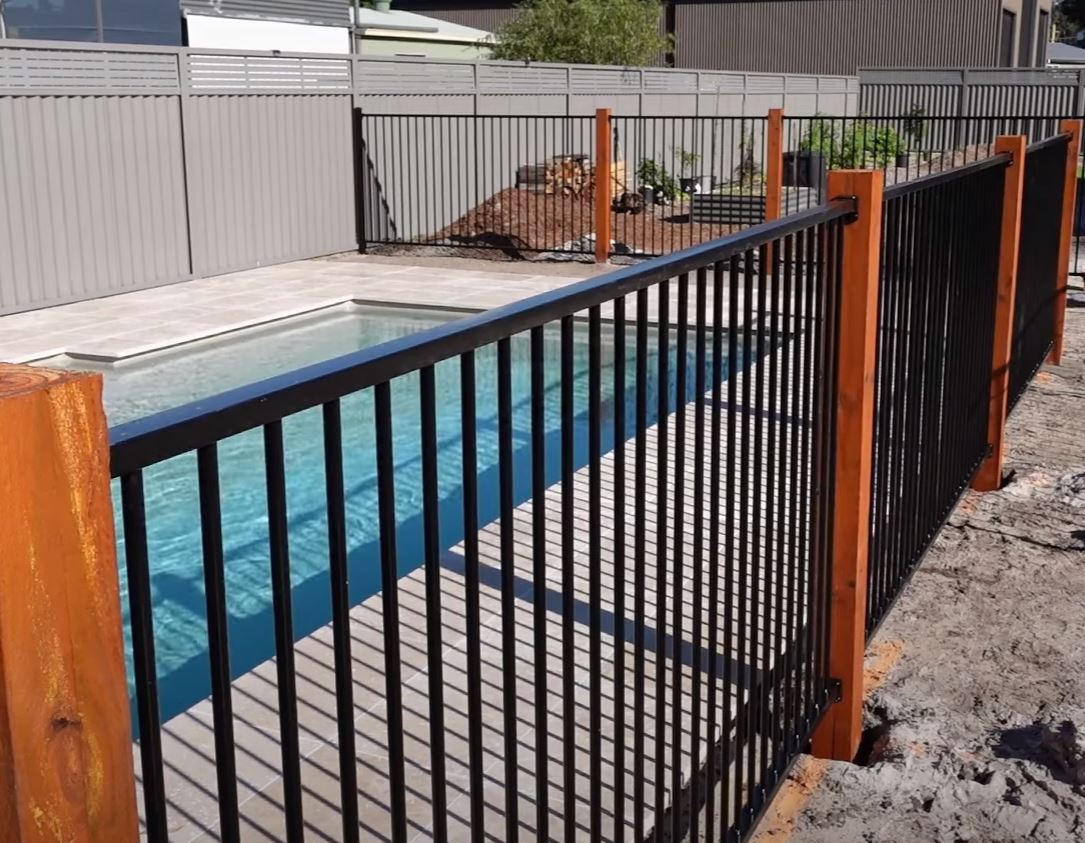The Vitality of a Sturdy Fence in Auckland’s Landscape
In the sprawling green neighbourhoods of Auckland, fences aren’t just boundary markers; they’re vital components of a home’s aesthetics, security, and value. However, when these timber barriers show signs of pest damage, homeowners are faced with a pivotal choice: to repair or replace. This guide delves deep into the intricacies of pest damage in fences, outlines the associated risks, and explores alternative fencing options, arming Aucklanders with the knowledge they need for an informed decision. Whether you reside in the heart of Ellerslie or the picturesque terrains of Blockhouse Bay, understanding your fencing’s health is paramount.
Signs of Pest Damage in Timber Fences
Timber fencing, popular in many Auckland homes, can fall victim to pest invasions. When your fence starts showing signs of damage, the pressing question becomes whether to replace it or attempt repair.
Understanding the Extent of Pest Damage
Assessing the level of pest damage is crucial, as it directly influences the decisions homeowners make regarding their fences. Here’s a more detailed look into common culprits:
- Termites: These tiny invaders can cause substantial harm to timber fences. Termites feed on cellulose, a primary component of wood, effectively compromising the fence’s structural integrity. If you notice mud tubes along the fence or hollowed-out sections, you’re likely dealing with a termite infestation. These tunnels or galleries are their way of moving about and accessing their food source, all while being protected from the environment.
- Wood-boring beetles: Unlike termites that eat the wood, wood-boring beetles lay their eggs on or just beneath the surface of the timber. As the larvae grow, they tunnel into the wood, feeding on it and leaving behind a network of galleries. Once matured, they bore their way out, leaving distinct exit holes. The presence of these holes, coupled with a fine, powdery substance known as frass, is a tell-tale sign of their presence. Over time, the cumulative effect of these burrowing larvae can weaken the fence, making it susceptible to breakage.
- Fungi and mould: Auckland’s occasionally damp climate can be a breeding ground for fungi and mould on wooden fences. While they aren’t pests in the traditional sense, their growth on timber is a concern. Fungi and mould feed on the organic matter in wood, leading to decay over time. Besides the structural issues, they also mar the fence’s appearance, leaving unsightly patches or discolouration. In areas with a consistent dampness, like the suburb of Ellerslie, these microorganisms can thrive, making it imperative for homeowners to adopt preventative measures.
To ensure the longevity of your timber fence, understanding these threats and regularly inspecting for signs of their presence becomes paramount. Knowledge, paired with timely intervention, can save homeowners considerable time, money, and inconvenience in the long run.
Health and Safety Concerns
Deteriorated fencing can pose hazards:
- Risk of fence collapse, potentially injuring someone.
- Splinters from damaged wood can cause wounds.
- Pest-infested timber may attract other pests, affecting home safety.
Fence Analysis: When to Repair or Replace
Every fence has a story to tell, and more often than not, it’s evident in its appearance and strength. When making the decision to either repair or replace, various factors come into play. Let’s delve deeper:
Minor Damage:
The occasional nick, scratch, or slight discoloration is common in timber fences, especially with external factors like weather and incidental impact. In instances where the damage is limited to a few panels or posts, it’s feasible to opt for targeted repairs. This approach not only retains the overall look of the fence but also proves cost-effective. By simply removing and replacing the damaged portions, you can restore the fence’s integrity without the expenditure and effort of a full overhaul.
Significant Damage:
When a fence showcases more pronounced issues—like large sections affected by rot, extensive pest damage, or structural instability—it’s a clear indicator that patch-up jobs might not suffice. In such cases, prioritising safety and the fence’s appearance becomes crucial. A complete replacement ensures that the fence can stand strong against environmental challenges and potential threats, all while enhancing the property’s aesthetic appeal.
Age of the Fence:
Like all things, fences too have a life expectancy. A timber fence that’s been standing for close to a decade or more has weathered countless storms, scorching sun, and possibly even pest attacks. While periodic maintenance can extend its lifespan, there comes a point when the cumulative wear and tear make repairs less practical. Older fences are more susceptible to extensive damage, and continuous repairs might end up costing more in the long run than a one-time replacement.
Location-Specific Factors:
Auckland’s diverse landscape means that certain suburbs face unique environmental challenges. Take Blockhouse Bay, for instance. The local conditions—be it the proximity to the coast, the soil quality, or specific microclimates—can play a significant role in determining a fence’s longevity. In such areas, the type of wood used, the treatment applied, and the construction techniques become even more critical. A fence that might last a decade in one suburb might need replacement in half that time in another. Being attuned to these local nuances helps in making informed decisions about fence maintenance and replacement.
In essence, a strategic approach, factoring in the extent of damage, the wood fence’s age, and location-specific challenges, will guide homeowners in the age-old debate of repair versus replace.
Exploring Alternatives to Timber Fences
Timber is a traditional choice, but it’s not the only one. Here are some alternatives:
- Vinyl Fencing:
-
- Pros: Maintenance-free, resistant to pests, available in various designs.
- Cons: Higher upfront cost, can become brittle over time.
- Aluminium Fencing:
-
- Pros: Durable, rust-proof, and low maintenance.
- Cons: Less privacy, might not blend well with all landscapes.
- Composite Fencing:
-
- Pros: Combines wood fibres with plastic, mimicking wood’s look but with added resilience.
- Cons: Pricey, but a worthwhile long-term investment.
- Concrete Fencing:
-
- Pros: Extremely durable and versatile in design.
- Cons: Expensive, requires professional installation.
Comparison Table: Fencing Options in Auckland
| Fence Type | Pros | Cons |
| Timber Fencing | Natural look, affordable, versatile designs | Susceptible to pests, requires regular maintenance |
| Vinyl Fencing | Low maintenance, pest-resistant, diverse designs | Higher upfront cost, can become brittle |
| Aluminium
Fencing |
Durable, rust-proof, low maintenance | Less privacy, aesthetic concerns |
| Composite
Fencing |
Resilient, mimics wood’s aesthetic, versatile designs | More expensive, but a good long-term investment |
| Concrete wall | Highly durable, adaptable designs | High cost, professional installation needed |
Taking the Next Steps
After assessing your fence’s damage and weighing up the alternatives, your next step should involve consulting with professional fence builders. For Auckland residents, engaging Quality Fencing Auckland ensures that you receive expert advice tailored to the unique conditions and requirements of the region. Their seasoned team will provide guidance on material choice, design options, and maintenance strategies, ensuring your fencing solution stands strong for years to come.
Frequently Asked Questions on Fencing in Auckland
What are the common pests that damage timber fences in Auckland?
Termites, wood-boring beetles, and fungi are among the primary culprits that cause damage to timber fences in the region.
How can I prevent pest damage to my timber fence?
Regular inspections, using treated timber, and applying protective sealants can significantly reduce the risk of pest infestation of your wooden fence.
Is vinyl fencing a good alternative to timber?
Yes, vinyl fencing (or PVC fencing) is low maintenance, resistant to pests, and offers a variety of design options, making it a viable alternative to timber.
How long does a typical timber fence last in Auckland?
With regular maintenance, a timber fence can last anywhere from 10 to 15 years, depending on environmental factors and the quality of the wood.
Are there any local regulations for fencing in Auckland?
Yes, there are specific guidelines and regulations related to height, design, and placement. It’s essential to check with the local council or a fencing expert for detailed information.
How often should I inspect my fence for signs of damage or wear?
A bi-annual inspection is recommended, with more frequent checks after extreme weather events.
Does a damaged fence affect the value of my property?
Yes, a visibly damaged or unstable fence can decrease the curb appeal and overall value of a property.
What’s the most eco-friendly fencing option available?
Bamboo and composite fences are among the top eco-friendly options due to their sustainable materials and long lifespan.
How do localities like Blockhouse Bay affect the life of my fence?
Regions like Blockhouse Bay may have specific environmental factors, like coastal proximity, that can influence the longevity and maintenance needs of a fence.
Do I need a professional to install or repair my fence?
While DIY options are available, hiring a professional ensures proper fence installation, adherence to local regulations, and a longer-lasting result.
How do I choose the right fencing material for my property?
Consider factors like aesthetics, maintenance, longevity, budget, and local environmental conditions when choosing a fencing material.
Can I paint or stain my fence after installation?
Yes, but it’s essential to ensure the material of your fence is suitable for painting or staining and to use the appropriate products.
Are there benefits to layering a mesh or wire over my timber fence?
Layering mesh or wire can provide added security, prevent pests, and extend the life of the fence, especially if you have climbing plants or want to keep out specific animals.



